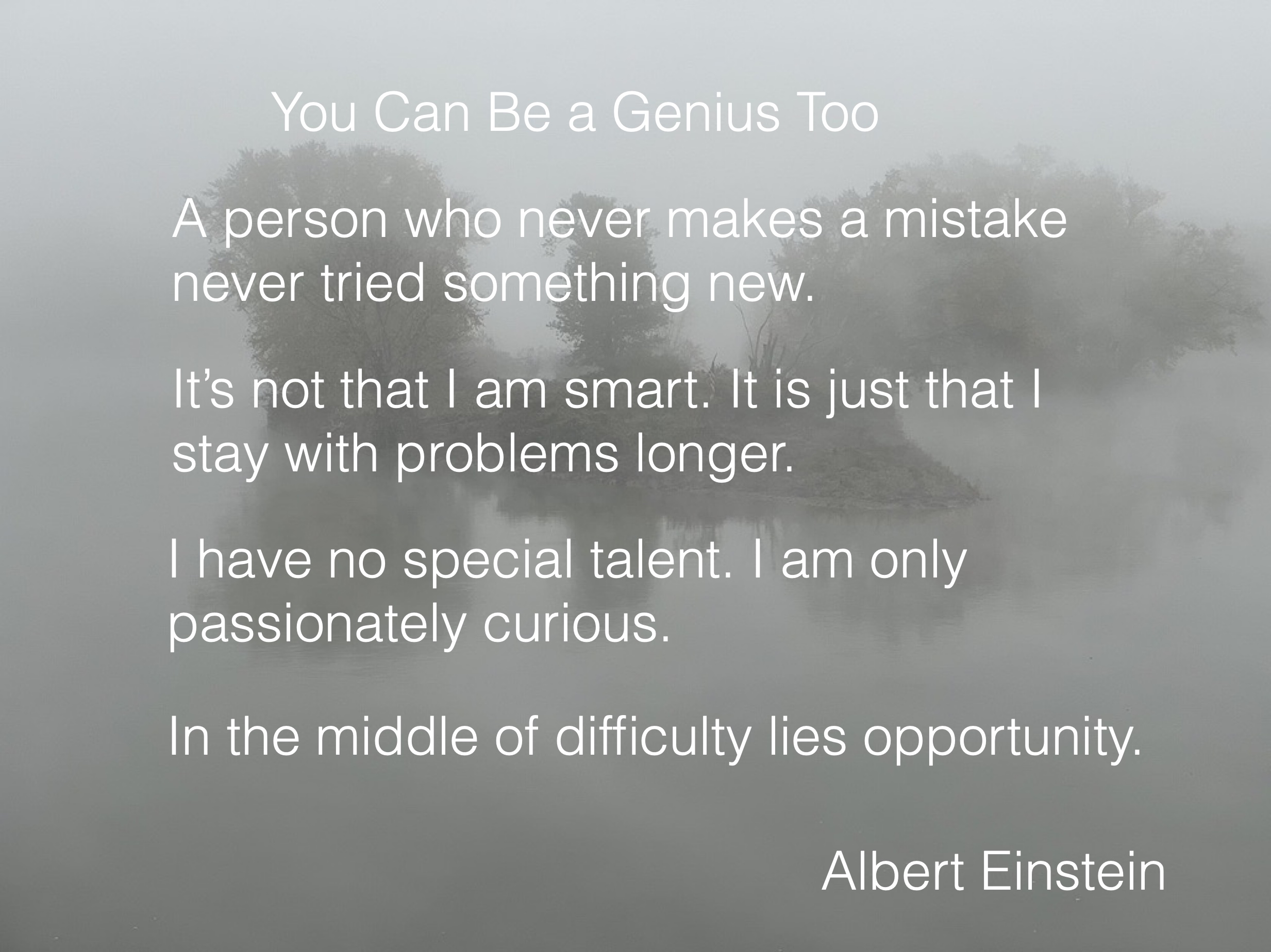3. Changing Your Mind, Changing Your Reality
- Research shows that your brain and your body changes if you have a growth mindset. If you can change your beliefs, your brain and body will function better. Positive thinkers even live longer and positive thinking students are less aggressive and behave better. In addition, they are more forgiving and more helpful to others. They achieve more and handle mistakes better. They are stronger emotionally and suffer from less stress. Help students learn to value struggling. Leaders also need to model a growth mindset. They need to be on the lookout for fixed aspects of their own mindsets. The keyword is yet as in I haven’t learned it yet.
- Parents play a key role as mindsets are formed in the first three years. (Doug: Schools should consider doing parent training for parents of newborns.) It’s a mistake to tell children that they are smart as it will cause them to avoid challenges for fear of failure and not looking smart. Praise children for hard work, but if they fail, hold the praise and work with them to find a way to succeed. Students with fixed mindsets tend to opt out of challenging courses and the stereotype that girls can’t do well in math and science is alive and well. All students should view the brain as a muscle that grows with effort. Schools should offer mindset workshops for all students and parents.

4. The Connected Brain
- Neural pathways and learning are optimized when considering ideas with a multidimensional approach. A growth mindset is not enough. When it comes to math, for example, teaching needs to be more visual. Not only is it ok for beginners to use their fingers, but it should be encouraged. Avoid worksheets and assignments with lots of problems. Give thee for four and approach them in different ways. You can use computation, a visual approach, tell a story, or do a sketch or some form of movement. You can also try giving students an answer and letting them come up with questions. In essence, let them play with content and experiment with ideas. Tell them you want them to struggle. When students face roadblocks outside of the classroom, they will know that there are alternate routes. /li>
5. Why Speed Is Out and Flexibility Is In!
- We need to let go of the idea that speed is important and approach learning as a space for deep and flexible thinking. If you learn something fast you are probably strengthening existing connections. US schools tend to value shallow learning assessed by timed tests. Trailblazers employ creative and flexible thinking. Parents with math anxiety can pass it on to children, but only if they help with homework. High achievers engage with numbers in a more flexible manner. Give students the reasons why methods work, not just the methods to memorize. Students in the US do poorly on problems involving pi as they think of it as a number as opposed to a relationship.
- There are three learning approaches. 1. Students try to memorize as much as possible. 2. Students try to relate new ideas to those they already know. 3. The self-monitoring approach is where students evaluate what they know and work out what they need to learn. Those who take the first approach are the lowest achievers. The highest achievers typically combine the second and third approaches. When people see math differently they see their own potential differently. This can open the doors to STEM subjects and beyond.
DrDougGreen.com If you like the summary, buy the book





